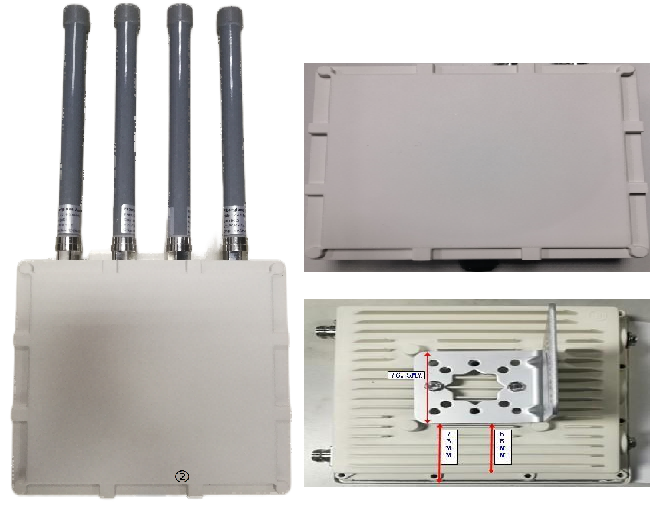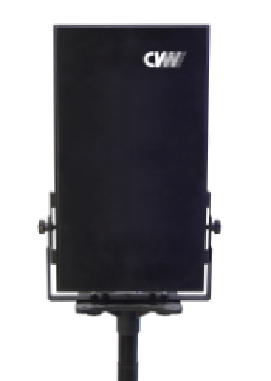Wall through video streaming technology is a technology that allows video signals to be transmitted through physical obstacles. It enables us to transmit signals to other rooms while watching video content in one room, achieving the convenience of watching multiple rooms simultaneously. So what is the working principle of wall through video streaming technology? This article will explore this issue in detail.
Wall through video streaming technology mainly relies on two main technical means: wireless transmission and signal modulation. The working principles of these two aspects will be introduced separately below.
Wireless transmission: Through wall video streaming technology uses wireless transmission technology to transmit video signals. Wireless transmission uses radio waves to transmit data, which can traverse walls and other physical obstacles and transmit video signals between different rooms.
In wireless transmission, video signals are first processed through encoding and compression techniques. This enables the signal to be transmitted at a lower bandwidth while maintaining image quality. Then, the wireless transmission device converts the video signal into radio waves and transmits them wirelessly. These radio waves can be transmitted within a predetermined frequency range, such as 2.4 GHz or 5GHz, depending on specific equipment and technical standards.
Signal modulation: Signal modulation is another important aspect of wall through video streaming technology. In signal modulation, the video signal is adjusted to a form suitable for wireless transmission.
The most common signal modulation technique among them is OFDM (Orthogonal Frequency Division Multiplexing). OFDM decomposes video signals into multiple subcarriers that do not overlap in frequency, improving transmission efficiency and signal quality by simultaneously transmitting different data. In this way, even in environments with interference or small frequency intervals, OFDM technology can still ensure reliable signal transmission.
In addition to OFDM, there are other signal modulation technologies, such as DSSS (Direct Sequence Spread Spectrum) and MIMO (Multiple Input Multiple Output), which can also be used in through-wall video streaming technology. These modulation techniques increase the strength and anti-interference ability of the signal by encoding and decoding it, thereby improving the transmission quality and stability of the video signal.
The working principle of through wall video streaming technology can be summarized as follows: video signals are encoded, compressed, and modulated through wireless transmission technology, and then transmitted in the form of radio waves. At the receiving end, the radio waves are demodulated and decoded, restored to the original video signal, and ultimately displayed on the display device.
Although wall through video streaming technology is very useful in many aspects, there are also some limitations. The thickness and material of the wall, transmission distance, interference sources, and other factors may all affect the quality and stability of wireless signals. In addition, due to the use of wireless waves for transmission, wall through video streaming technology may be affected by wireless frequency band limitations and congestion.
In summary, through wall video streaming technology achieves video signal traversal through wireless transmission and signal modulation, thereby facilitating simultaneous viewing of multiple rooms. Its working principle involves technical principles such as wireless transmission and signal modulation.

 Multi-camera wireless video transmission
Multi-camera wireless video transmission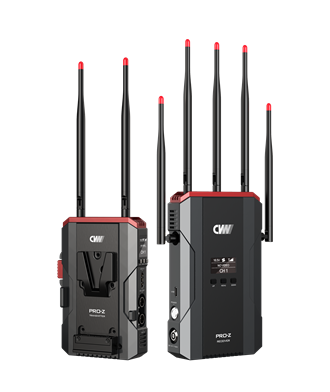 Zero Latency Wireless Video Transmission
Zero Latency Wireless Video Transmission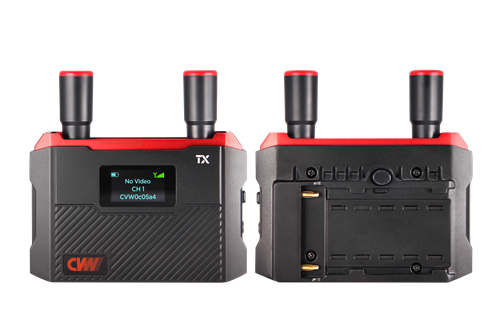
 Designed for teleoperating the heavy equipment
Designed for teleoperating the heavy equipment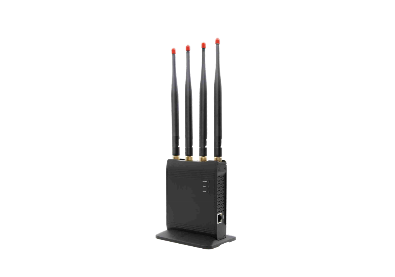 Wireless high-speed data transmission
Wireless high-speed data transmission